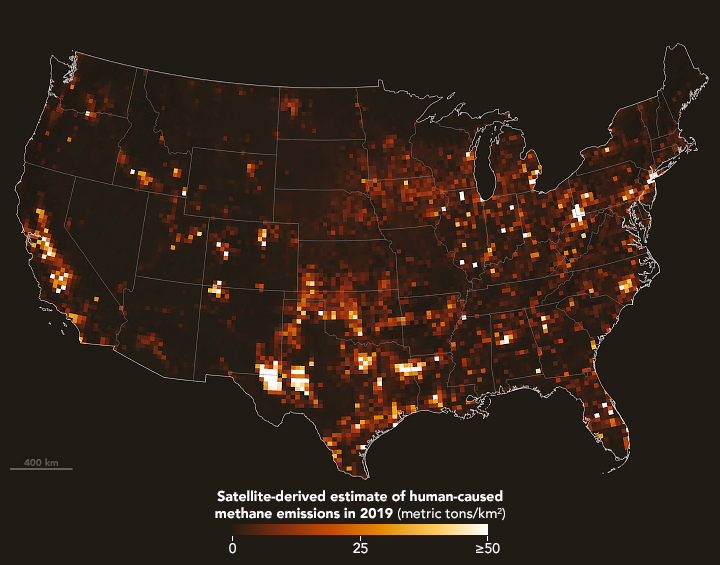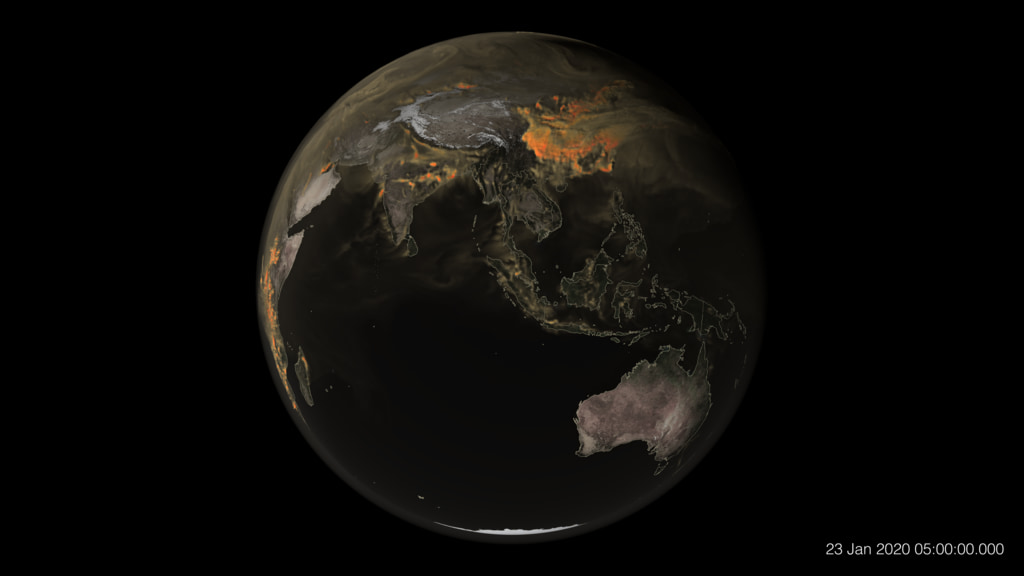NASA studies our own planet more than any other. We operate 26 missions in orbit and sponsor hundreds of research programs and studies each year. We observe our planet’s oceans, land, ice, and atmosphere, and measure how a change in one drives change in others. We develop new ways to observe and study Earth's interconnected systems and we build long-term data records of how our planet evolves. The agency freely shares this unique knowledge and works with institutions around the world.
Recent News and Articles
How NASA Studies Fires in a Changing World
From forest floor to space, NASA scientists and collaborators are advancing tools and methods to predict, remotely detect, and ultimately mitigate wildfires. That process starts with understanding fire behavior, tracking them with satellites, and getting that data in the hands of land managers and communities facing record-breaking fire seasons.
Greenhouse Gases
NASA has several instruments and tools for measuring and modeling greenhouse gases – where they come from, where they go, and how they are driving climate change. The agency works with federal, state, and international partners to make this information freely available.

NASA-Designed Greenhouse Gas-Detection Instrument Launches

Satellite Data Suggest U.S. Methane Emissions Underestimated

NASA, Partners Launch US Greenhouse Gas Center to Share Climate Data
Why Is NASA Tracking Seaweed From Space?
Something strange has been happening to the beaches across the Caribbean in recent years. Large amounts of a brown seaweed – called Sargassum – have been washing up on shorelines. In the open ocean, Sargassum is essential habitat, but can cause a whole host of issues when it washes up on Caribbean coastlines. So where is this seaweed coming from? And how is NASA tracking it?
Images of the Day
The Ocean and Climate Change
With 70 percent of the planet covered in water, the seas are important drivers of the global climate. Yet increasing greenhouse gases from human activities are altering the ocean before our eyes.
What NASA is Seeing
Earth Information Center
For more than 50 years, NASA satellites have provided data on Earth's land, water, air, temperature, and climate. NASA's Earth Information Center allows visitors to see how our planet is changing in six key areas: sea level rise and coastal impacts, health and air quality, wildfires, greenhouse gases, sustainable energy, and agriculture.
Explore



















